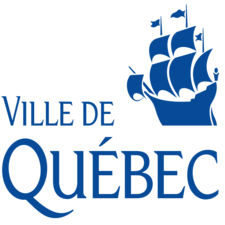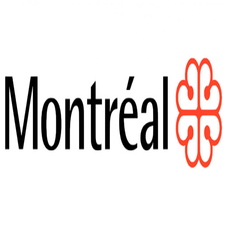Territory
Type of resources
Available actions
Topics
Keywords
Contact for the resource
Provided by
Years
Formats
Representation types
Update frequencies
status
Service types
-

Following the merger of the Duplessis and Manicouagan regions under the new name Côte-Nord, Quebec now has 21 tourist regions. The delimitation of regions is based on an unofficial division and is provided by Tourisme Québec. The boundaries were made using municipalities or MRCs.**This third party metadata element was translated using an automated translation tool (Amazon Translate).**
-

Territory of districts, regions, MRC service center, MRC station. Highways and roads treated as a highway for patrol, covered by highway posts and MRC posts. Location of district and regional offices, MRC posts and highway posts.**This third party metadata element was translated using an automated translation tool (Amazon Translate).**
-
'Province' and 'Territory' refer to the major political units of Canada. From a statistical point of view, province and territory are basic areas for which data are tabulated. Canada is divided into 10 provinces and 3 territories.
-

Mapping of industrial areas on the territory of the City of Longueuil.**This third party metadata element was translated using an automated translation tool (Amazon Translate).**
-

The dataset was updated on October 28, 2025. Information concerning territorial boundaries: * local service networks (RLS) * local community service centers (CLSCs) * territorial service networks (RTS) * health regions (RSS) * integrated university health and social services networks (RUISSS)**This third party metadata element was translated using an automated translation tool (Amazon Translate).**
-

Approximate delineation of territories of heritage interest, as illustrated in “Map 2-48: Cultural Heritage” of the revised land use and development plan of the City of Laval**This third party metadata element was translated using an automated translation tool (Amazon Translate).**
-

Mapping of municipal zoning boundaries.**This third party metadata element was translated using an automated translation tool (Amazon Translate).**
-

Undertaken several years ago, cadastral renovation now covers a large part of agricultural land. The impact on the Commission's operations is growing, as is for all stakeholders in the field of land management. In order to improve its services, the Commission, in collaboration with the MRCs, has undertaken a project to transpose the boundaries of the agricultural zone to the Quebec Cadastre. The exercise consists essentially in establishing the correspondence between the base of the agricultural zone, i.e. the cadastral compilation at 1:20,000, and the renovated cadastre. The project is not an opportunity to review the boundaries of the agricultural zone on merit. This digital version illustrates to the best of our knowledge the agricultural zone with reference to the Cadastre of Quebec. Although 1:20,000 plans remain the official source for now, the transposed limit is integrated into our geomatic systems and used in the course of our operations. **This third party metadata element was translated using an automated translation tool (Amazon Translate).**
-

The municipal zoning boundaries of the City of Longueuil are used for the purposes of managing urban planning regulations.**This third party metadata element was translated using an automated translation tool (Amazon Translate).**
-

Polygons of the administrative boundaries of the City of Montreal, its boroughs, as well as related cities in the agglomeration of Montreal. The administrative boundaries are a compilation of the various technical descriptions and plans that are filed in the Registry of the Surveyor General of Quebec. They are shared for information purposes and are subject to change.**This third party metadata element was translated using an automated translation tool (Amazon Translate).**
 Arctic SDI catalogue
Arctic SDI catalogue